The drug theory of the Investor murders is, to the say the least, firmly entrenched. It is true that there were drugs in Alaska in the early 80s, cocaine among them. That fishing boats were often the smuggling conveyance of choice. That cocaine was implicated in multiple Alaskan murders, among them Ron and Darcelle Cole. So the drug theory has legs. Long legs. Long lasting legs. It’s the ideal villain.
And, given that background, it was not too surprising when this comment recently came across my desk:
Given that SD and her bf identified Peel and that they, too were well known for being involved in drugs as well as violence (still for SD) and given that SDs late husband died in a cabin fire I still maintain that they were involved in this as much more than “witnesses”. They kept hanging around the docks before and after (as told by the harbormaster at the time) and were asked to leave numerous times but kept coming back. Does that sound like people afraid for their own safety?
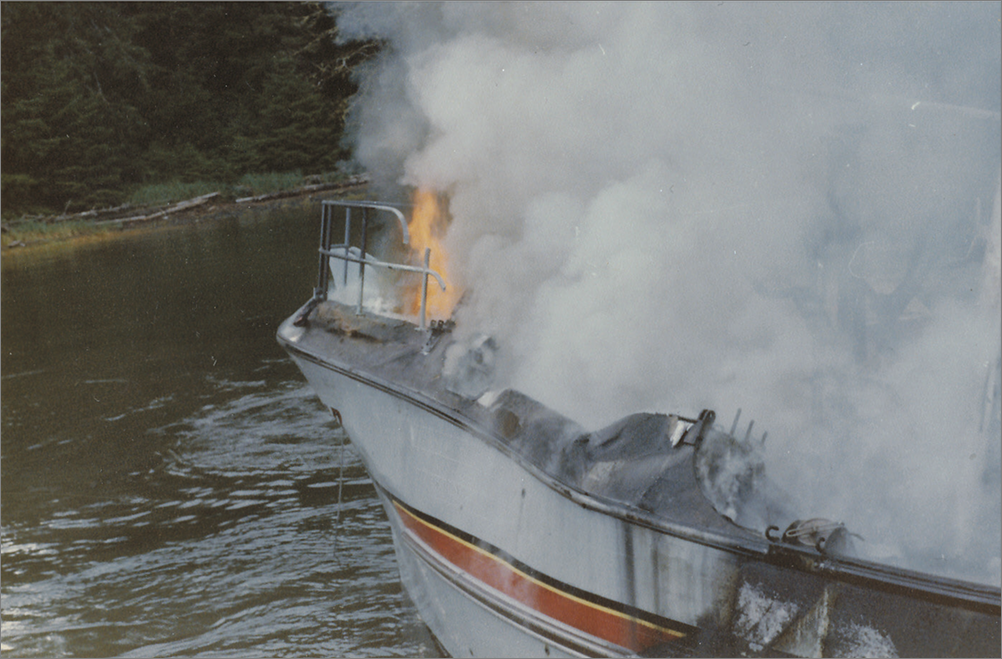
There is a lot to unpack here. For the moment, we’ll stay with the theory of drugs and violence — and their presumed relationship to the Investor murders. There is a villain in all of this. Somewhere. [1]
Incongruent Violence
My thirty-plus years of writing about heinous murders has taught me that humans struggle when there is an incongruity between the murderer and his crime.
It’s fairly easy, for example, to see the congruence between, say, a Hitler and the millions of Jews (and others) killed during the Holocaust. Hitler led a cult of very violent followers and dragged many Germans along with him (some of them all too willingly). The ovens were not an afterthought. Very evil person = very evil crime. Same with Joseph Stalin and the tens of millions murdered by his regime in the former-Soviet Union. Very evil. The personification of evil.
What’s more difficult to deal with are situations where the perpetrator seems small, even inconsequential, compared to his crimes. That picture, we seem to say, does not equate with our vision of a worthy villain.
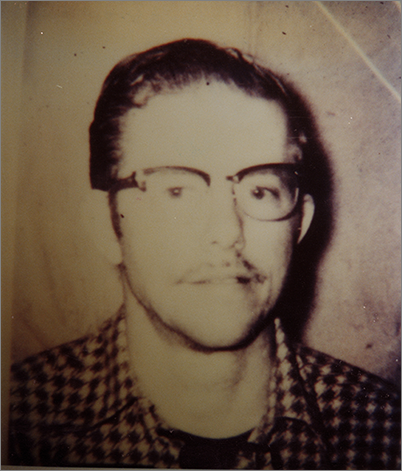
Take Robert Hansen, Alaska’s infamous Butcher, Baker, whom I’ve written about extensively. Hansen was man of modest intelligence and modest means, a man who could disappear into the woodwork. He owned his own business. He had a wife and two children. Had prominent citizens among his friends and acquaintances. He didn’t seem to be the type of person capable of murdering scores of women.
Bob Hansen used that incongruence to literally get away with murder.
The Incongruence of John Peel
The Investor murders were not only heinous but on a scale that assaults our very sense of proportion. Eight people killed. Among them, a pregnant woman and her two children. Four teenaged crew members. This was a very evil crime. It requires an evil perpetrator. The human brain seems satisfied with nothing less than a true villain.
John Peel? He was the boy next door. Perhaps a little mischievous. But not evil.
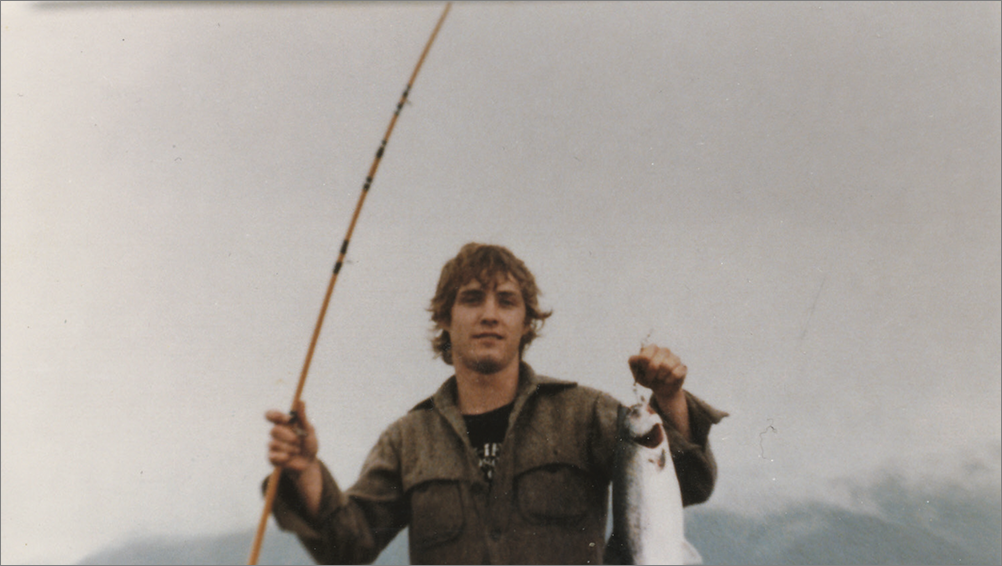
For incomprehensible evil, folks seem to require something else. Something that restores a sense of proportion between the crime and its perpetrator. Something more congruent. Here comes the drugs, a villain dressed in its finest linens.
What Drug Murders Look Like
[WARNING: Violent Photos] Fortunately — or unfortunately — we have copious evidence of what drug murders look like. Especially when it’s organized drug cartels. But even less organized drug-related killings take a similar turn.
The point of these killings — and there is a point — is to instill fear in rivals, or send a warning to anyone who might betray or steal from them. The victims must be on display. It’s like the heads on pikes that the Romans used to warn highway robbers.

As the above photo makes clear, the message is not lost on anyone. Don’t mess with us, it says. This could be you. This is not theory. This is fact.
Colombia Cocaine Wars
A few years back, my wife and I visited Bogota, Colombia. It was, shall we say, during a relatively peaceful interlude. And the Colombians were bravely trying to come to terms with what the cocaine wars meant. The following image was part of an exhibition created by villagers who’d experienced those drug wars first hand.
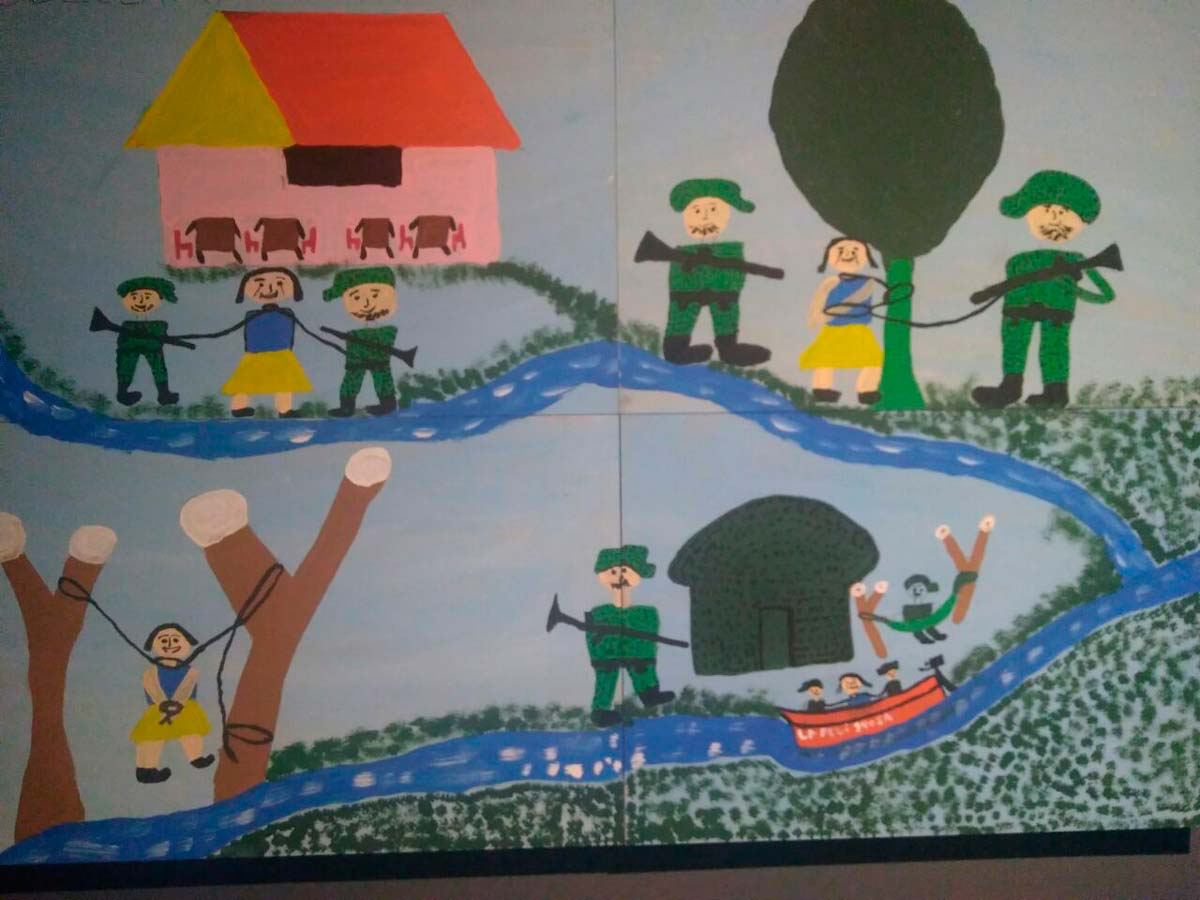
The results of the violence are in the open, for all to see. The message is plain. The following narrative, taken from another scene of mass violence, makes the meaning indisputable.

Organized Crime
What’s true of drug cartels is true of organized crime in general. Most of us have seen at least one or two Mafia movies. The Godfather. Goodfellas. Scarface. These are violent movies. And the violence is, almost always, an organized, protorational response to a fundamental conflict. [In fact, when Sonny strikes out emotionally in The Godfather, his response is disparaged. And quickly punished.] The photo below illustrates a recurring pattern in real world organized crime killings. These murders are to be on display. They are a warning.
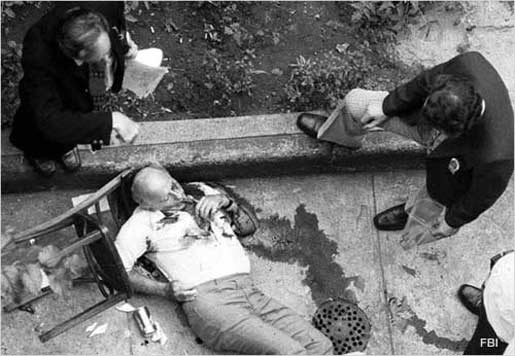
One of These Things Is Different
The Investor murders, whatever else you think of them, do not fit this pattern. If there was a “message,” it was obscured. It was, in fact, obliterated. Maybe — just maybe — there was no “message.” No message because — horror of horrors — this was not a mass murder associated with drug- or organized-crime entities. How can I say this?
The Investor murders likely occurred at the North Cove in Craig, where the Investor was docked. If you want to send a message, you leave the bodies there for all to discover. Especially the other fishermen who are transporting drugs. You want the message to ring loud and clear. [2]
This did not happen.
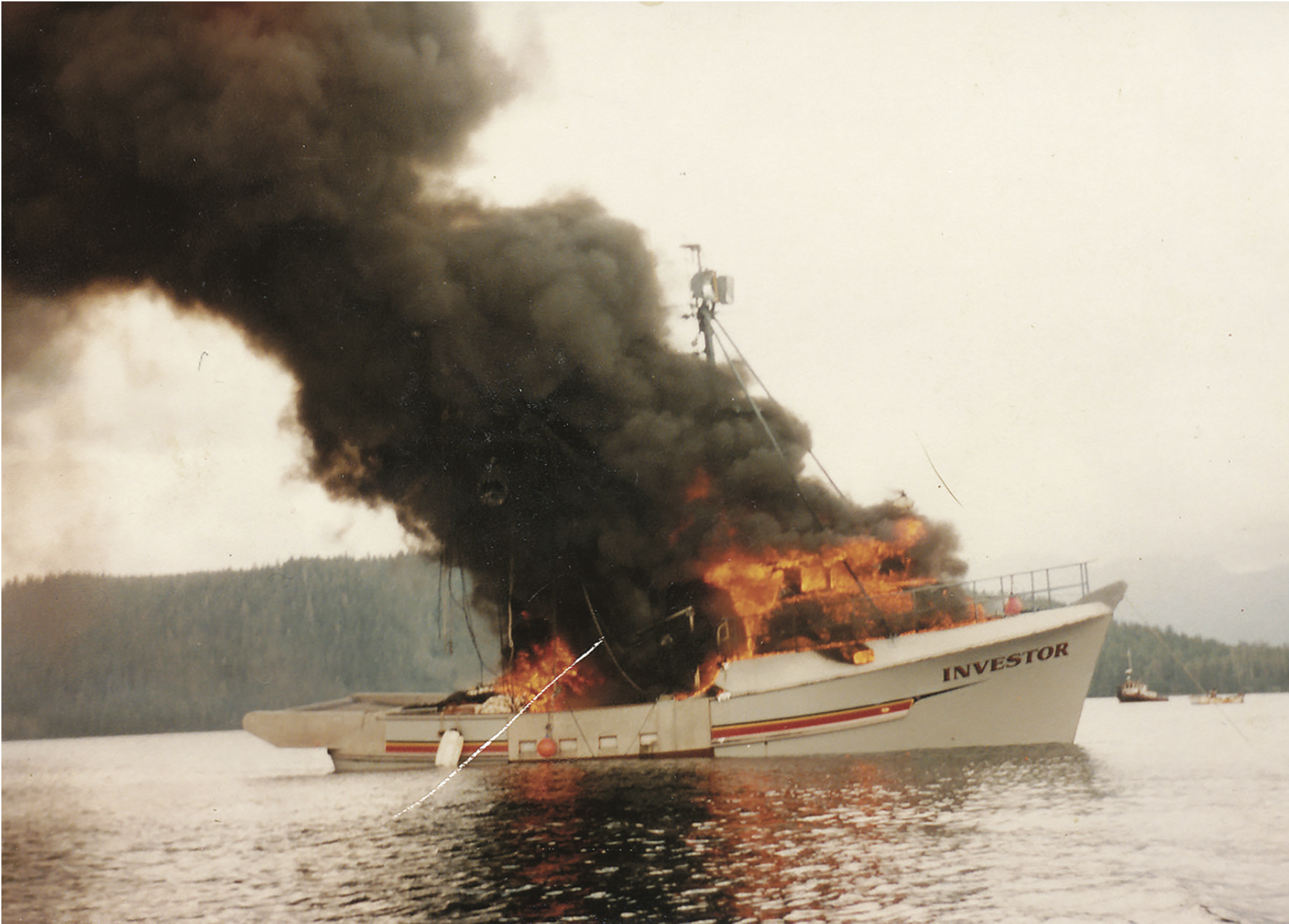
A Guilt-Ridden Response
The perpetrator instead took the boat out to Fish Egg Island. And tried to sink it. Tried, in fact, to hide the evidence of the murders. Sound counterintuitive to you? Where’s the message in that? AND when that failed, the perpetrator returned to the vessel and torched it.
By the time the murders were discovered, at least 39 hours had passed. That alone diluted the impact; some of the probable recipients were already gone. The message, if there was one besides anger, instead rests on a very simple premise. The perpetrator had to kill everyone onboard the Investor because… Every. Single. Victim. Knew. Him. The victims, like the boat, were evidence of his guilt. And to be destroyed.
One of These Things Is Not The Same
One of the alternate theories was that a crew member was the killer. The last known sighting on the Investor was young Johnny Coulthurst, who was seen alive at 11:00 p.m. on Sunday night by crew members on an adjacent boat. This was the night of the murders. Johnny’s body was never found, which adds to the drama. But little Johnny was an unlikely perpetrator. He was four years old.
The person that defense attorney Phillip Weidner honed in on was none other than crew member Dean Moon. Dean Moon was, he surmised, a worthy villain. And Weidner needed a worthy villain. Except Dean Moon was dead, his body a trace in the Investor rubble.
And maybe, just maybe, that puts us at the end of the drug assassination theory. Consider it a red herring perpetuated by a very clever defense attorney. He was only doing his job.
One last thought. The Alaska State Troopers got lots of things wrong about the Investor murders. This was not one of them.
[1] I do not expect this disquisition to convince all the conspiracy theorists. The nature of conspiracies is to be self-perpetuating, with each refutation driving the conspiracy toward ever denser rationalizations. One cannot fight emotion with reason. Just ask the CDC.
[2] The other problem inherent in the Investor murders is that the Coulthurst boat did not spend much time in Craig that season. They were there once at the beginning and once again at the end of the season, right before the last opening. The people they interacted with on their last tie-up were either on the vessels they rafted up to, or folks from the Bellingham area. If SD was down on the docks, it’s more likely SD was looking for someone else.
Thoughts prompted by the Investor murders. The original manuscript, started in 1992 and based on court records from the Alaska State Archive, served as the basis for “What Happened in Craig.”
Copyright Leland E. Hale (2021). All rights reserved.

Order “What Happened In Craig,” HERE and HERE. True crime from Epicenter Press.